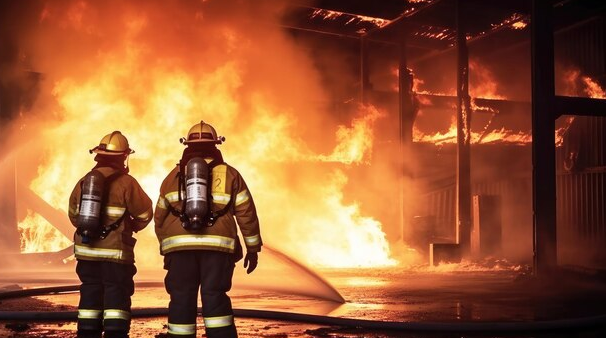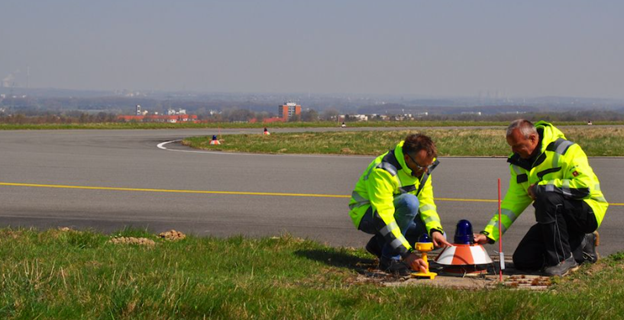Learning the mechanics and bonus features of online slots can seem a bit overwhelming, but in reality, slots are among the easiest casino games to play, especially in the online realm. You don’t have to memorize every detail at once to understand how to play judi slot online. Instead, focus on mastering the basics and finding the right slot machine that suits your preferences. Once you’ve found your ideal game, you can explore new options and broaden your horizons to discover more enjoyable experiences.
To streamline the process, we highly recommend beginning with the demo mode. This is an ideal way to test various slot machines and decide which ones you’d like to wager real money on. In demo mode, you use virtual credits that hold no real value, allowing you to refresh the page and start anew whenever you want. With this approach in mind, let’s delve into the key factors to consider when selecting a slot machine.
Theme:
Slot themes play a significant role in attracting players to online slots. Developers strive to cover a wide range of themes, from popular TV shows to whimsical cartoon characters, ensuring there’s something to suit every taste. With modern graphics, intricate animations, and immersive sound effects, themes can greatly enhance your gaming experience.
However, the choice of theme ultimately boils down to personal preference. To find the perfect design for you, explore the offerings at a top online casino, consult a slots tutorial, and engage in demo mode to evaluate the overall aesthetics.
Pro Tip: Try classic slots with branded themes at every game.
Features:
As outlined in our comprehensive online slots guide, different games come with varying features. We recommend selecting a judi slot online machine that strikes a good balance, as too many additional elements can be overwhelming without necessarily delivering substantial payouts.
Look for a game that includes wild symbols, scatters, bonus spins, and perhaps an extra bonus round. If your goal is to chase substantial jackpots, consider trying some of the popular progressive jackpot slots available.
Availability:
It’s essential to note that not all slots are universally available at every judi slot online casino. If you have a preference for a particular gambling site, you’ll need to limit your choices to the games offered there. Additionally, explore the casino bonuses provided by your chosen site, as these incentives can bolster your bankroll and make your slot-playing experience even more rewarding.
When it comes to Judi Slot Online, the world of online slots offers an array of options to cater to your preferences. By focusing on themes, features, and availability, you can navigate the diverse selection of slot machines and discover the ones that resonate with your gaming style. With the ability to play in demo mode, you can explore without financial risk and find the perfect slot machine that aligns with your entertainment needs. Whether you’re drawn to captivating themes, exciting bonus features, or the allure of progressive jackpots, there’s a judi slot online machine waiting for you to spin its reels and embark on a thrilling gaming adventure. Start your journey today and experience the excitement of online slots like never before!




